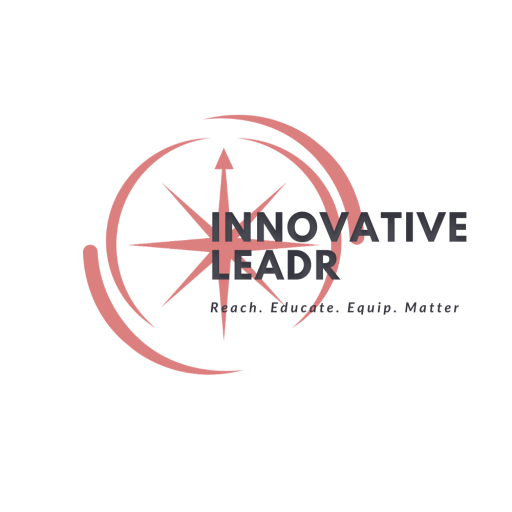
Data-Based Decisions: What You Need to Know
Student Data-Based Decisions for Teachers, Educators & Schools
In schools today, making data-based decisions on students’ progress {both academic and behavior} is a NON-NEGOTIABLE if we want struggling students to show growth. Fortunately, in many cases {not all}, having the data is not the issue. Many times, teachers are actually ‘data drunk’. They have so much data on a student, but no idea how to use it to drive instruction. The idea of using data driven decision making at the student level is actually quite easy, once you’ve mastered the art of effective data PLCs (Professional Learning Communities). So, what do you need to know?
GROWING THE WHOLE CHILD
In my coaching sessions with teachers around data, I always allow them to reflect by asking the following questions. After all, they are the ones who have all the data and know the children best. These questions are designed for them to leave knowing how to problem solve using data, but without me. “Give a man a fish and he’ll eat for a day. Teach a man to fish and he’ll eat for a lifetime.” Effective coaches build sustainability.
Questions…
What data are you using to determine the effectiveness of your core?
I am a firm believer that without sound core instruction, total improvement cannot be made. It’s the never ending exhaustion of the intervention treadmill. This is true for both behavior and academics. You cannot look at the growing the whole child until both are carefully considered. There are several data points teachers use to determine the effectiveness of core. For academics, we first look at our state assessment data. We examine students’ proficiency and then we follow up with their growth using EVAAS and district adequate growth charts. When you work in a school with an upside down triangle (meaning that the majority of your students are not proficient in a subject area), it’s likely that core instruction is not where it needs to be. Once you see at least 80% of your students growing, you’ve found some effective strategies that work! Because it’s best practice to use multiple data points to tell a story we use several other pieces of data as well. We use universal screening data, district assessments, as well as common formative PLC assessments. None of these data points will be effective unless they are analyzed authentically. This is really difficult if the culture of your school is not a growth mindset. That’s another topic we will dig into later! When we are looking at our core behavior models we use ODR (office discipline referrals), attendance, and graduation rate as our core growth measures. Any time you are measuring your core, you need to make sure you are using clean data. This requires lots of training and consistency within your building and across the district.
What students are not performing adequately providing only core instruction?
Which students are struggling to maintain adequate performance without any supplemental support? These are the students who need to be involved in an intervention system, whether it’s standard protocol or strategically targeted and designed. Maybe the students have off grade level deficits that need to be addressed, or it could be there are instructional deficits that occurred because a child has moved or missed a critical component of core instruction. Whatever the reason, these students need a little more than core instruction. How much more, is yet to be determined. Using intervention progress monitoring data is not difficult, but sometimes can be tricky. To avoid the trickery, remember these things:
- your progress monitoring tool should be aligned to the intervention being provided
- depending on the intensity, intervention progress monitoring should occur more frequently than core
- intervention progress monitoring should reflect adequate growth, not proficiency
The reason we progress monitor interventions is to ensure the supplemental instruction for both academics and/or behavior is actually working for that student. Far too often, I have seen children in a specific intervention not monitored frequently enough. A child might receive 3 weeks of instruction and then be progress monitored, only for the teacher to realize that instruction wasn’t working. It’s such a disservice to the child and wastes critical hours of instruction that we can use to turn the learning trajectories for these students.
What strategies work best for the students I’ve identified as needing supplemental instruction?
Once the easy part of using data to determine who is at need is completed, the hard part of determining what interventions work best for this subgroup and how to implement comes in to play. The PLC component is critical here. Since we are all stronger as a team it makes sense to make data driven decisions as a team. Targeting and aligning interventions is an art. There is no, “one size fits all hat” that provides for the needs of all students. We must look at every individual student with a team approach armed with knowledge of foundational reading and math strategies and with a strong understanding of behavior science. See, in order to address the whole child, you need a data driven team.
EFFECTIVE DATA PLCs
Because growing the whole child is an intricate art, it’s imperative that schools build effective data PLCs. These PLC teams should be composed of several critical MTSS (Multi-tiered System of Support) lifelines, including, but not limited to: general education teachers, leadership, counselors, special education teachers, gifted and talented representatives, and English as a second language teachers. Every category previously mentioned brings a different knowledge base to the table. Using a laser focus approach on every individual child’s need, this team can best determine what will enhance growth. We cannot continue to expect kids to grow until we collaboratively problem solve based on data. It’s just not possible on a large scale.
There are three ‘big rocks’ when creating a systematic data driven process. First, a leveled data system to monitor both core instruction and intervention data must be available and used to fidelity. Second, data driven decisions must be made as a team and not by one individual. Last, data teams should be composed of a robust group with different skill sets that address both academics and behavior.


